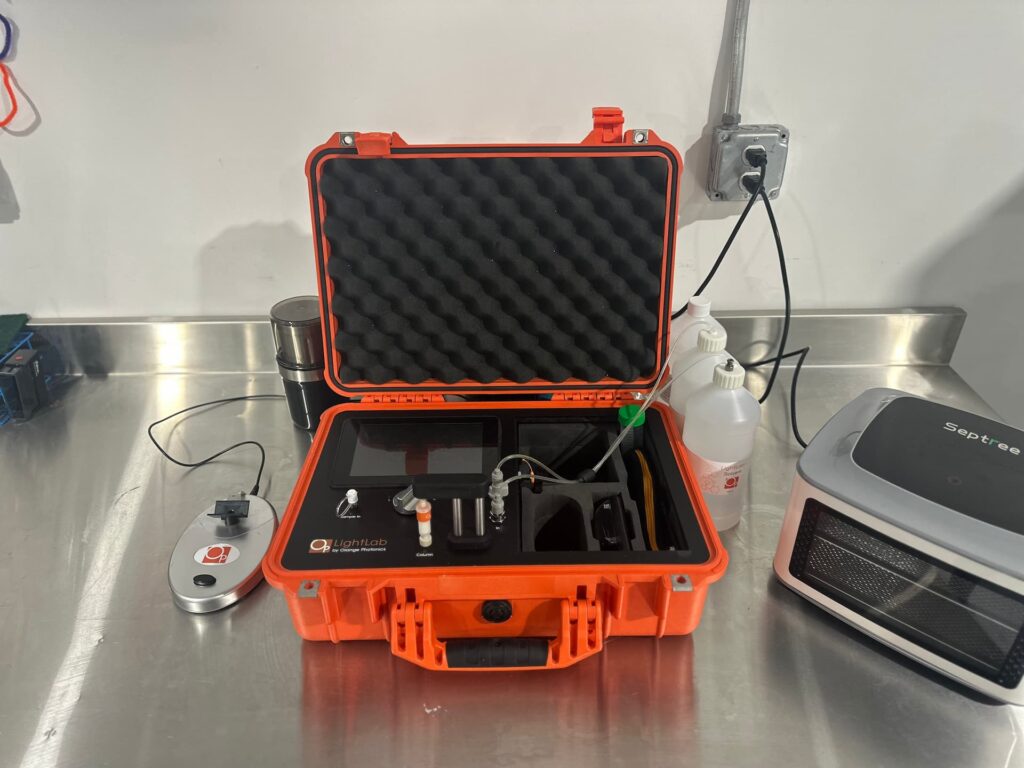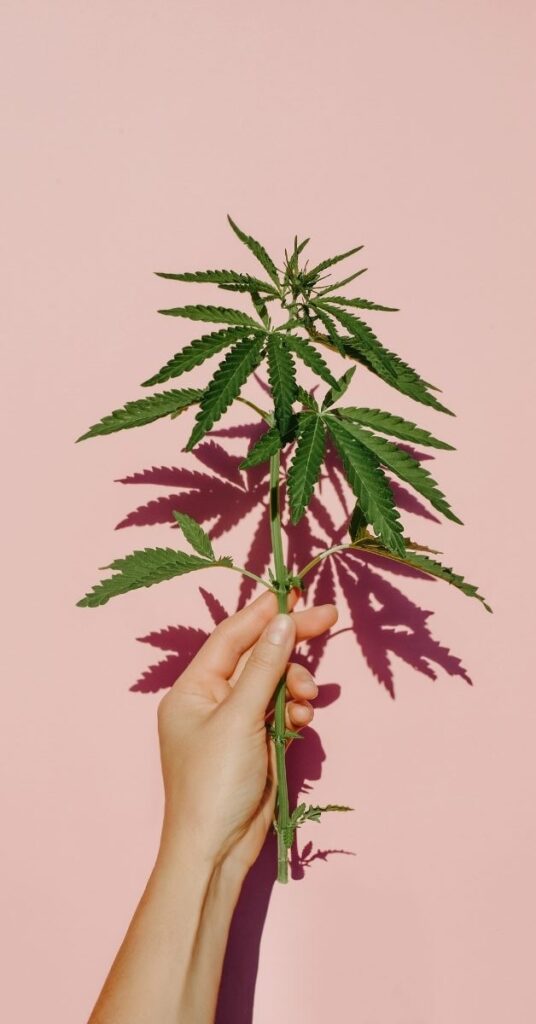STORE INFO
Location & Store Hoursmy cart
Secure checkout
In the years since the implementation of the Farm Bill, growers have worked to cultivate the strains of hemp that don’t fall under the federal definition of an illegal drug while still producing hemp that gives users a marijuana-like high.
Scientists use the amount of THC (one of the psychoactive components of cannabis) present in a cannabis plant to differentiate hemp from marijuana. According to the Farm Bill, hemp is defined as cannabis with less than or equal to 0.3% total THC. A cannabis plant with more than 0.3% THC is considered marijuana and remains on the Schedule I substance list.
While the threshold of THC in cannabis plants is widely known, people are less familiar with the challenges growers need to overcome to not exceed the 0.3% THC in plants.
Today, we’re changing that by familiarizing you with the top 9 challenges growers face to bring you safe and legal hemp-based cannabis products.
Cannabis plants exhibit significant genetic variability, which can lead to unexpected THC levels. Ensuring stable, low-THC genetics is important but that doesn’t make it any less challenging. Even with careful breeding, there's no guarantee that every plant will consistently produce THC levels that do not exceed the 0.3% threshold.
Factors such as soil composition, temperature, light, and water can influence THC levels in plants. Maintaining consistent growing conditions is difficult, especially in outdoor cultivation, where weather conditions can vary widely. Specific conditions such as excessive organic fertilizer during flowering or plant stress can also lead to higher THC levels.
Cross-pollination from nearby higher-THC cannabis plants can lead to increased THC levels in hemp crops. This is particularly concerning in regions where both hemp and marijuana are cultivated. Cross-pollination can result in unintended genetic mixing, making it harder to maintain low THC levels.
The timing of the harvest can significantly affect THC levels. Since the THC content tends to increase as the plant matures, it is critical to test multiple times a week during growth to ensure the highest cannabinoid content while maintaining compliance. As THC rises through plant maturation, the CBD levels also increase. This can make it hard to time it, because the higher the CBD, the better the product. The legal limit for THC is very low (at or below .3%) and harvesting too late can result in THC levels rising above this limit–creating a situation where it is considered “hot”, and has to be destroyed. Because of this, one of our most important pieces of equipment here at South Tip is our LightLab Analyzer to test the cannabinoids. The LightLab Analyzer allows us to carefully monitor our crops as they grow and choose the optimal time for harvest.

Ensuring accurate and reliable THC testing is essential but harder than it seems. Variability in testing methods and equipment can lead to inconsistent results, making it harder to verify compliance. Reliable testing is crucial for identifying and addressing potential issues before they result in non-compliant crops. Our products are all 3rd party tested, check out our lab results here.
Compliance requires thorough documentation, regular testing, and sometimes dealing with conflicting regulations. The legal status of hemp varies by state, adding an extra layer of complexity for companies operating in multiple regions.
The drying and curing processes can also affect THC levels. Improper handling during these stages can lead to an increase in THC concentration. As a company, we implement strict post-harvest procedures to ensure that THC levels remain compliant.

Implementing strict quality control measures throughout the cultivation and production processes is essential but resource-intensive. Ensuring every batch complies with the THC limit requires rigorous monitoring and testing. This includes evaluating several key factors:
The physical formation of the cannabis flower is closely examined to ensure it meets quality standards. This involves checking for density, size, and the presence of any abnormalities.
Proper trimming of cannabis buds is essential for both aesthetic and practical reasons. We remove excess leaves and stems to enhance the product's appearance and ensure it meets market standards.
As manufacturers, we examine the stems to ensure they are not overly prominent, which can indicate improper growing techniques or poor plant health.
The color of the cannabis buds can indicate the health and maturity of the plant. High-quality cannabis typically has vibrant green hues with hints of purple, orange, or red, depending on the strain.
The scent of cannabis is a crucial quality indicator. A strong, pleasant aroma often signifies high-quality, well-cured cannabis, while off-smells can indicate mold or improper curing.
Seeds in cannabis flowers are undesirable and can indicate stress or pollination issues during growth. High-quality cannabis is typically seedless (sinsemilla).
To ensure compliance, we must also pass rigorous testing for THC levels, as well as for contaminants like heavy metals, pesticides, and mold. This comprehensive quality control process is essential for maintaining product integrity and consumer trust but requires significant investment in time, resources, and expertise.
There is often economic pressure to maximize yields and potency. Balancing these pressures with the need to stay within legal THC limits is difficult. Growers face several economic challenges, including:
If THC levels exceed the legal limit entire crops need to be destroyed, which leads to significant financial losses.
Meeting regulatory requirements involves regular testing, documentation, and sometimes re-testing. Both big and small producers can struggle with these expenses.
There is a high demand for potent cannabis products, and we often feel the pressure to produce strains with higher cannabinoid content. However, we always balance it with the need to keep THC levels within the legal limit.
Cultivating cannabis involves substantial operational costs, including labor, utilities, and equipment. Maintaining strict quality control and compliance adds to these expenses, further squeezing profit margins. This is usually the reason why the hemp-based CBD industry gets such a bad reputation–many companies cut corners in this area to increase profit margins. Despite these pressures, maintaining compliance is our main goal at South Tip. Non-compliance can result in legal repercussions, loss of licenses, and damage to our reputation, which can be far more costly in the long run. We choose to do things the right way.
As you can see, producing cannabis products while ensuring they do not exceed the 0.3% THC threshold is a complex and multifaceted challenge.
From dealing with genetic variability and environmental factors to staying up to date with new regulatory requirements, we have to stay vigilant and adaptive to give consumers the high-quality cannabis products they deserve.
At South Tip, we have rigorous quality control and third-party lab tests for every product, and we don’t compromise on compliance and product integrity. Despite these challenges, meeting legal and quality requirements is never in question for us.
We even offer Hemp Farm & Facility Tours so you can get familiar with how we do things and that the quality we’re talking about is 100% what we present it to be.